COTARD
Género :
Tiempo de ejecución : 9M
Director : Jonathan Thorley
Sinopsis
Video Art installation simulation inspired by Jacques Derrida
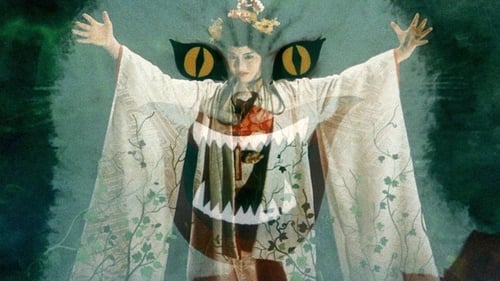
Siete chicas de instituto ven sus vacaciones chafadas cuando su profesor (Kiyohiko Ozaki) tiene que cancelar el viaje que tenía planeado realizar con ellas. Las cosas marchan incluso algo peor para Oshare (Kimiko Ikegami), una de las chicas, ya que recientemente su padre le ha presentado su nueva madastra (Haruko Wanibuchi), lo que no le ha hecho demasiada gracia. Mirando un álbum de fotos, Oshare se encuentra con la foto de boda de su madre a quien se la ve acompañada de su hermana (Yoko Minamida) quien nunca llegó a casarse ya que su prometido murió en la guerra. Oshare se pone en contacto con su tía y ésta la invita a ella y a sus amigas a pasar las vacaciones en su mansión en el campo. Cuando el grupo de chicas se presentan en la mansión, allí las recibe la tía de Oshare en sillas de ruedas y medio ciega. Muy pronto las chicas descubren que la mansión tiene vida propia.

A musical horror story about two young women who are stalked through a shopping mall by a cannibal. He follows them home, and here the victims become the aggressors.

Archive footage from 2006 - 2010 of a young girl growing up during the ages of four to eight. Only fragments of what is remembered exists. Words from a transgender man float to the surface as fleeting memories go on.
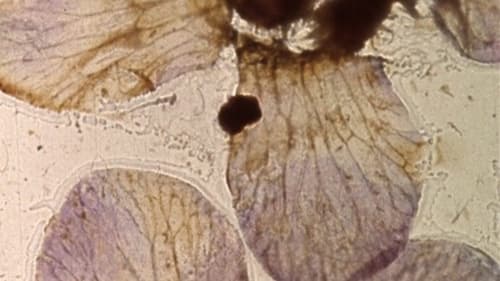
Seemingly at random, the wings and other bits of moths and insects move rapidly across the screen. Most are brown or sepia; up close, we can see patterns within wings, similar to the veins in a leaf. Sometimes the images look like paper cutouts, like Matisse. Green objects occasionally appear. Most wings are translucent. The technique makes them appear to be stuck directly to the film.
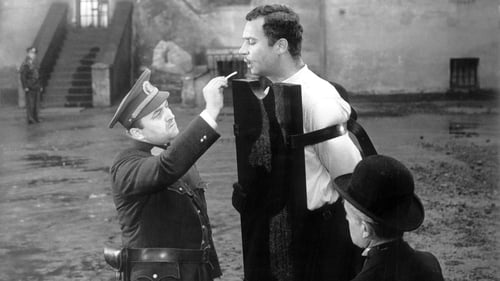
Un hombre se casa con una mujer, y ésta le es infiel. El hombre, por venganza, la asesina, siendo condenado a muerte... Aclamada película checa por su innovador sistema narrativo: todo el film está rodado al revés, comenzando por final y terminando con el principio, e incluso los diálogos están pronunciados a la inversa.

A psychadelic mental breakdown occurs. The lights are bright, the colours vivid, the images blurred, the mind absent.
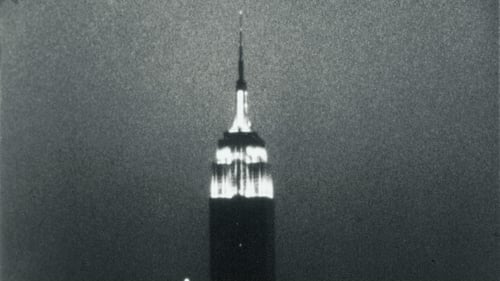
Experimental film consisting of a single static shot of the Empire State Building from early evening until nearly 3 am the next day.
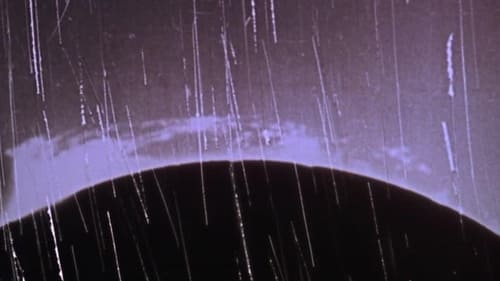
A creation myth realized in light, patterns, images superimposed, rapid cutting, and silence. A black screen, then streaks of light, then an explosion of color and squiggles and happenstance. Next, images of small circles emerge then of the Sun. Images of our Earth appear, woods, a part of a body, a nude woman perhaps giving birth. Imagery evokes movement across time. Part of the Dog Star Man series of experimental films.

After a catastrophic global war, a young filmmaker awakens in the carnage and seeks refuge in the only other survivor: an eccentric, ideologically opposed figure of the United States military. Together, they brave the toxic landscape in search of safety... and answers.

A person spends most of their life mourning the things they have lost, unable to move on. They frequent a silent but helpful medium and embark on a spiritual journey where they linger among their past lives.

The video opens with a barrage of explosive imagery along with an audio track of a siren taken from the 1970s TV show Wonder Woman. The following scenes are fast paced repeated shots from Wonder Woman, with several scenes following of actress Lynda Carter as the main character Diana Prince, performing her transformative spin from secretarial role into superhero role. […] The representation of repeated transformations expose the illusion of fixed female identities in media and attempts to show the emergence of a new woman through use of technology. […] The video ends with a scene of repeating explosions that precedes a blue background with white text that scrolls upwards, delivering a transcription of lyrics to the song ‘Wonder Woman Disco'.

In Manhattan's Central Park, a film crew directed by William Greaves is shooting a screen test with various pairs of actors. It's a confrontation between a couple: he demands to know what's wrong, she challenges his sexual orientation. Cameras shoot the exchange, and another camera records Greaves and his crew. Sometimes we watch the crew discussing this scene, its language, and the process of making a movie. Is there such a thing as natural language? Are all things related to sex? The camera records distractions - a woman rides horseback past them; a garrulous homeless vet who sleeps in the park chats them up. What's the nature of making a movie?

An experimental short film by Walerian Borowczyk and Jan Lenica.

Overripe with psychosexual poetry and stark, oneiric rituals, Adachi's filmmaking debut, made while he was still an undergraduate, counts among the more resonant accomplishments of the now famous Nihon University Film Club. Adachi's obvious fascination with the wide-eyed watchfulness of childhood and the uncanny is an expression of the important surrealist strand running throughout the post-WWII Japanese avant-garde. - Harvard Film Archive
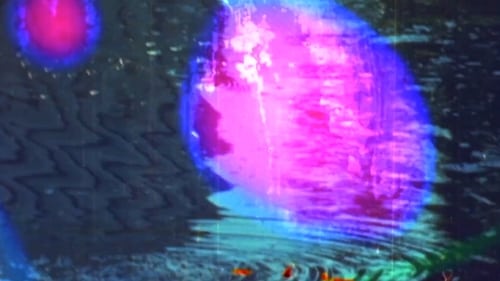
Tar pits form as petroleum seeps to the surface through fissures in the Earth’s crust, leaving viscous asphalt pools. To make Tar Pits Film, Jennifer West threw a strip of film into the La Brea Tar Pits in Los Angeles, still-bubbling asphalt pools which have seeped from the ground for tens of thousands of years. The film was then ridden over hot asphalt by a motorcycle and drenched in other substances including thick mayonnaise and body lotion.

Enigma is something of a more glamorous version of White Hole, with a wide variety of elaborate textures (often composed of iconographic and religious symbols) converging towards the centre of the screen.

Single frame exposures of words.

In his book "1984", George Orwell saw the television of the future as a control instrument in the hands of Big Brother. Right at the start of the much-anticipated Orwellian year, Paik and Co. were keen to demonstrate satellite TV's ability to serve positive ends-- Namely, the intercontinental exchange of culture, combining both highbrow and entertainment elements. A live broadcast shared between WNET TV in New York and the Centre Pompidou in Paris, linked up with broadcasters in Germany and South Korea, reached a worldwide audience of over 10 or even 25 million (including the later repeat transmissions).
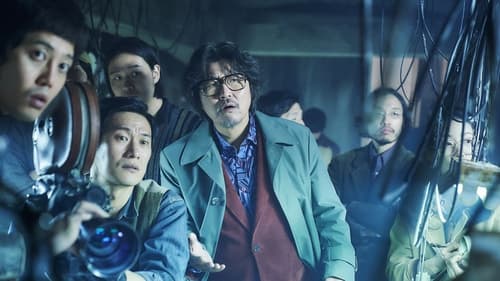
La trama se centrará en un director de cine obsesivo durante la década de los 70. Se conoce que habrá metacine y que la fotografía tendrá un toque experimental mezclando el blanco y negro con el color dentro de un mismo fotograma. Song Kang-ho e Im Soo-jung interpretarán personajes fuera de la película, y Jeon Yeo-been interpretará personajes en la película.
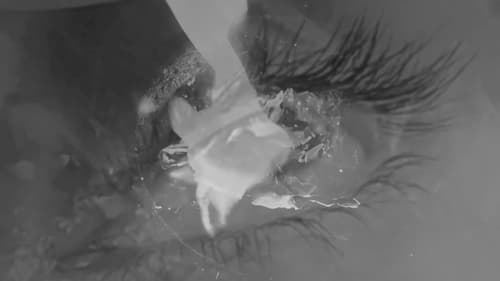
La muerte del minotauro habla del concepto del viaje de la heroína. En esta integración del díptico audiovisual compuesto por La piel malva (2022) y Minotauro I (2022), el sufrimiento, el horror y el agotamiento llevan a la protagonista a un proceso de transformación, abismo y expiación, porque sólo asesinando al minotauro y todo lo que representa es posible volver a la vida. Desde la mirada femenina más desgarrada, muestra la profundidad de las heridas emocionales que provoca la violencia doméstica; la misma que vivió la surrealista Dora Maar y que nos invita a reflexionar sobre por qué, como sociedad, en lugar de matar al minotauro, seguimos enviándole ciegamente mujeres para que las devore y preguntarles por qué simplemente no lucharon, por qué no intentaron salir del laberinto.

















